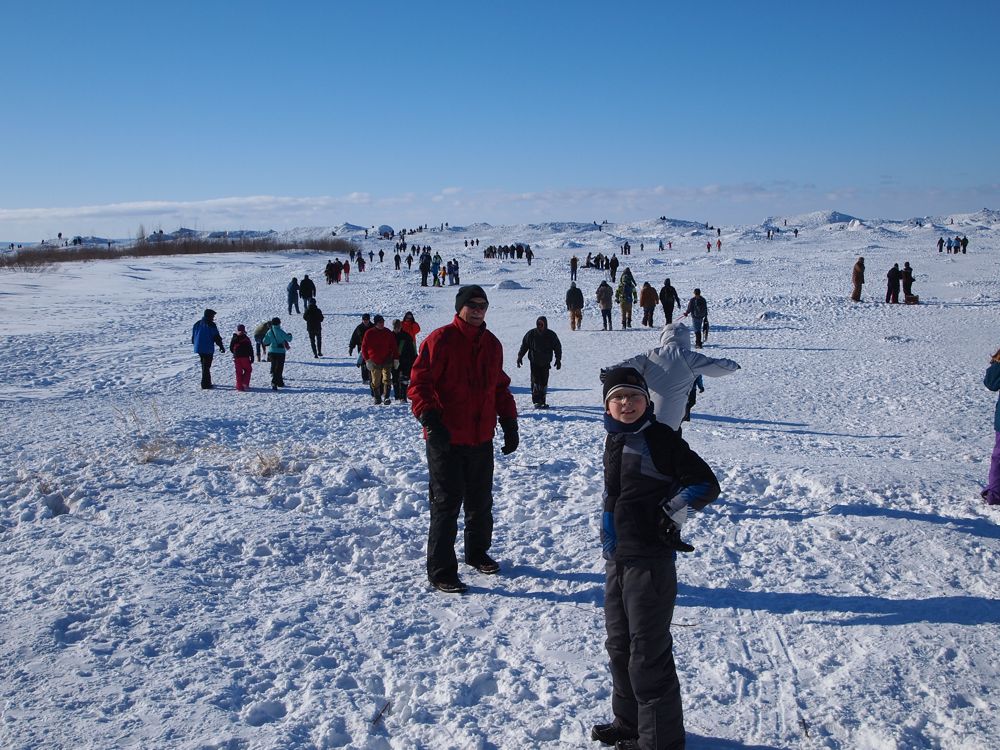Traverse Traveler Travel Tips
26 Things to Do with a Group in Traverse City in the Winter
It’s easy to plan activities in the summer, but what are the best things to do in Traverse City in the winter? When out-of-town guests come to visit, or you're hosting a group it can be challenging to think of new ways to entertain them, especially in the winter. Let Traverse [...]






